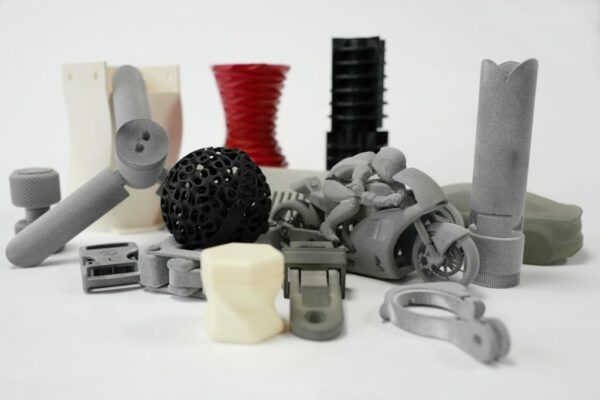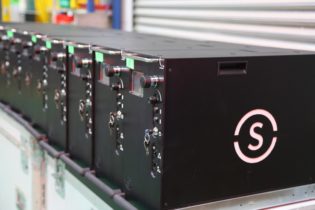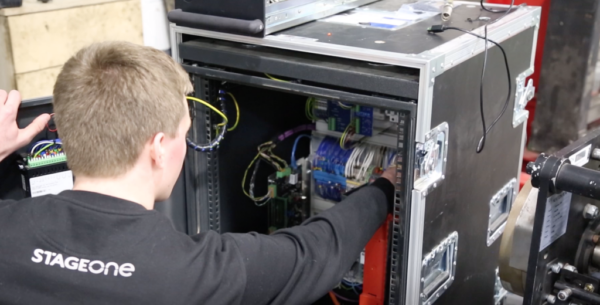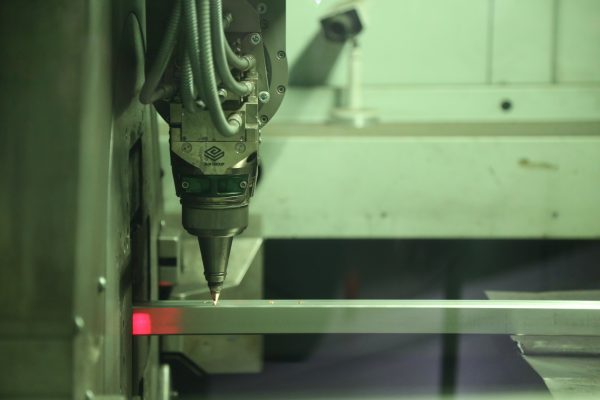
When we set up Fluxaxis we weren’t sure if we were being brave or foolish. But to us, it definitely seemed like the right thing to do. For those who don’t know, Fluxaxis is the Stage One Group’s fledgling 3D Printing company. Only it’s not so fledgling anymore. There’s the extensive Lab with its unique and growing inventory of different printers and scanners. And then there’s the Fluxaxis team which now numbers six and deploys its expertise across an exceptionally wide range of projects.
Speaking at Develop 3D Live last year, Stage One Managing Director, Tim Leigh talked about the somewhat unconventional route that gave rise to Fluxaxis:
“Most start-ups grow incrementally and grow guided by opportunities that emerge in the marketplace. Stage One adopted a more radical approach by investing in a million pounds worth of kit, starting a business called Fluxaxis and then looking for work.”
Here was an innovative, disruptive new technology that offered endless possibilities. We knew there was an exciting market out there, but the diversity of that market really took us by surprise. From Architectural models and artistic sculptures to engineering tools and automotive parts, you can see how varied the projects have been here.
It seems either end of the industrial-creative spectrum love what Fluxaxis offer. Their clients in the Advanced Manufacturing sector love the fact that they can get prototypes or functional parts quickly, while artists and designers relish the opportunities for freedom and creativity that comes with 3D printing.
No other UK 3D printing business offers the range of printers you’ll find in their Lab.
Since their inception in May 2017, the Fluxaxis Lab has grown. It now houses what is a unique collection of printers, as well as scanning facilities. No other UK 3D printing business offers the range of printers you’ll find in their Lab. There’s the large format Massivit 1800 with a print size of 1500 x 1200 x 1800 mm. The HP Multi Jet Fusion 4200, fast and great for functional parts – with incredible detail too. Then there are the three FDM printers: the large Stratasys Fortus 900mc; the Stratasys F900 built specifically for manufacturing and heavy industries; and the smaller, great-for-detail Stratasys Fortus 250mc. These machines enable Fluxaxis to print at a range of scales and in a range of materials. And they also have access to SLA, SLS and metal 3D printing.
The output from these very different printers is incredibly useful to us. Fluxaxis have contributed parts or components on over a hundred different Stage One projects: giant props, tiny props, intricate detailing, numerous awkward-to-make oddly shaped items or components – you’ve probably seen the results, just not realised we used this technology to make them. Then there are the items they’ve made for us that facilitate the manufacturing process: the jigs, fixtures and the scanning and printing services that speed up the mould-making processes.
We spoke to Dave and Jake from the Fluxaxis team about the progress the company has made…
The success of Fluxaxis might not have taken us by surprise, but the diversity of their work certainly has. In that, they make a pretty good Stage One bedfellow. Both businesses rarely encounter two projects the same. And that’s what makes life – and business – so interesting.
Brave or Foolish? Well, turns out it was a pretty good idea. We love working with the Fluxaxis team. To see bespoke components, scenic detailing or large sculptures rendered quickly and efficiently by our Fluxaxis neighbours has added a significant and innovative new string to Stage One’s bow. We love what they do. If you’re ever visiting us at Stage One, we’ll ask them to show you round their Lab. Promise you’ll be impressed.





